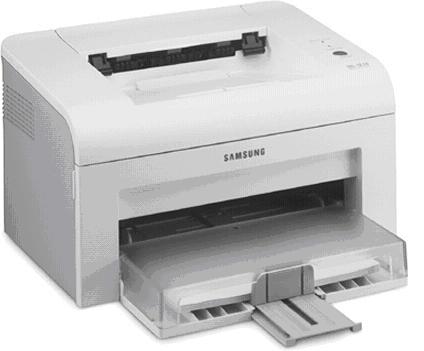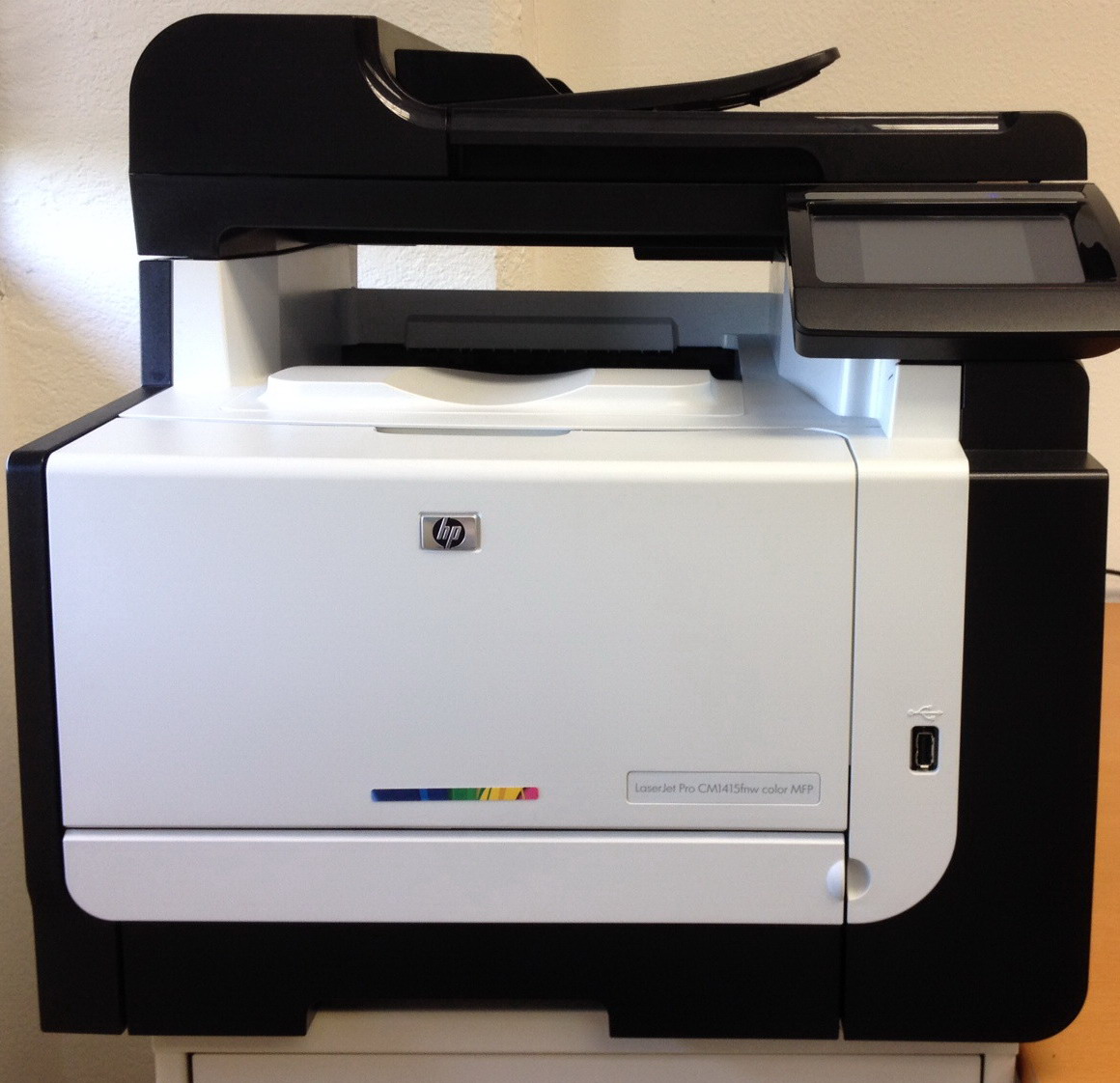
The difference is in how that static charge is applied. Both systems use static electricity applied to a drum to heat toner onto paper. LED printersĪt TechRadar, we file laser and LED printers in the same category because the two technologies are so similar to one another and so distinct from inkjet. In general though, lasers are faster and more efficient and better with text than photos. As you see, the lines are becoming blurred and lasers are no longer confined to the office.
#COLOR LASER PRINTER SAMPLE PAGE PRO#
Having said that, the shoebox-sized HP LaserJet Pro M15w manages to be none of those things and costs less to buy than some inkjet printers. Lasers are generally noisier, bulkier and use more energy too. They never have more than four colours (CMYK) so they cannot achieve the wide colour gamut of inkjets and because the laser warms the paper, they won’t work with coated photo paper. What lasers aren’t so good at is photo printing. And unlike inkjets, lasers don’t usually take any longer to print in colour, which makes them ideal for running off brochures. Because the toner is heated onto the paper, every page is warm and dry, whereas inkjets spray liquid onto paper that often takes a good few seconds to dry. And no matter the speed, laser printers are the more consistent and accurate when it comes to printing page after page of text that’s immune to smudging. They can print faster than inkjets too, churning out paper at around 50 pages per minute in many cases. They tend to be bulkier machines, built to handle monthly duty cycles of anything up to 20,000 pages. That’s because toner cartridges are able to print not hundreds, but thousands of pages before they need replacing.

Laser printers are the opposite of inkjets in that they are generally expensive to buy and cheap to run. The first commercial machine was made by Xerox in 1973 and until recent years, laser has been the expensive printer option and therefore rarely seen outside the office. The laser tracks along a drum creating an electrostatic charge that attracts the toner particles to the right place. Instead of liquid ink, lasers use toner which is a powder and it’s transferred to the paper using heat. Just be wary about which cartridge system you’re getting yourself locked into and check the print quality and specifications before you buy. In short, inkjet is your first choice for low volume, high quality prints and photographs. Inkjet is still the best way to print high-resolution images at high quality and the only way to print photos on glossy photo paper. A colour inkjet printer usually uses four airtight foil cartridges for a colour print, but they can use more colours to achieve an even wider colour gamut. They work by spraying microscopic drops of liquid ink onto paper through a print head made up of hundreds of micro-nozzles. Inkjets are almost always cheaper to buy than lasers. HP sold the first inkjet printer in 1988 for around $1,300 (£1000) and the same company will sell you something similar today for less than $46 (£35).

Also check out our roundup of the best home printers.

These are the best laser printers on the market.We've put together a list of the best injket printers.Inkjets and lasers use very different technologies to achieve the same goal and each one has its pros and cons, so let’s begin by looking at inkjets. If you need prints that can get wet without becoming unreadable, you need a laser printer.We used to be able to say that laser printers are for the office and inkjets for the home, but in recent years the lines have blurred and now you’ll find business inkjets aimed at busy office-based workgroups and inexpensive laser printers designed for the home. Toner doesn’t smear and run when it gets wet.Laser printers don’t waste toner in the same way, and because they don’t gunk up like inkjets, they may last longer before needing to be replaced. Some inkjets have a lower cost per page than home laser printers, but they also waste more ink on cleaning. They may be more economical to run in the long term.The best inkjets do a good job, but even a mediocre laser printer does a better job delivering crisp results, especially when it comes to fine lines and small font sizes. Our laser picks can pump out as many as 27 pages per minute the fastest inkjets we’ve tested max out at 13 pages per minute. If you have a home office or run a home business, you may be more conscious of printer speed than those who don’t. Laser toner cartridges don’t have to be replaced as often as ink tanks, and they don’t clog-as inkjet print heads sometimes do-if you go weeks or months between print jobs. Laser printers are less frustrating to maintain.


 0 kommentar(er)
0 kommentar(er)
